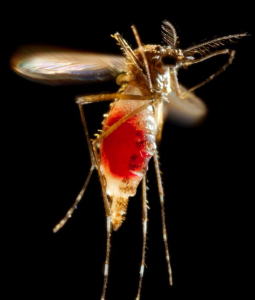With 25,000 cases of dengue fever reported in Malaysia during the first two months of 2015, the country appears on a trajectory to see more cases than last year’s 100,000.

In addition, the Malaysia Health Ministry has put the death toll due to dengue at 62, up eight in less than a week.
In 2013, Malaysia reported 79 fatalities, while last year, at least 189 deaths were counted.
Selangor continues to report the most cases in the country at nearly 15,000, or six out of 10 cases nationwide.
In the past 50 years, the incidence of dengue worldwide has increased 30-fold, largely as a consequence of the growth of cities and increased travel.
Dengue fever is an infectious disease carried by mosquitoes and caused by any of four relateddengue viruses. This disease used to be called “break-bone fever” because it sometimes causes severe joint and muscle pain that feels like bones are breaking.
People get the dengue virus from the bite of an infected Aedes mosquito. It is not contagious from person to person. For more infectious disease news and information, visit and “like” the Infectious Disease News Facebook page
There are three types of dengue fever in order of less severe to most: the typical uncomplicated dengue fever, dengue hemorrhagic fever (DHS) and dengue shock syndrome (DSS).
The World Health Organization (WHO) estimates there may be 50–100 million dengue infections worldwide every year. However, new research from the University of Oxford and the Wellcome Trust, using cartographic approaches, estimate there to be 390 million dengue infections per year worldwide.


2 thoughts on “Malaysia dengue death toll up to 62”